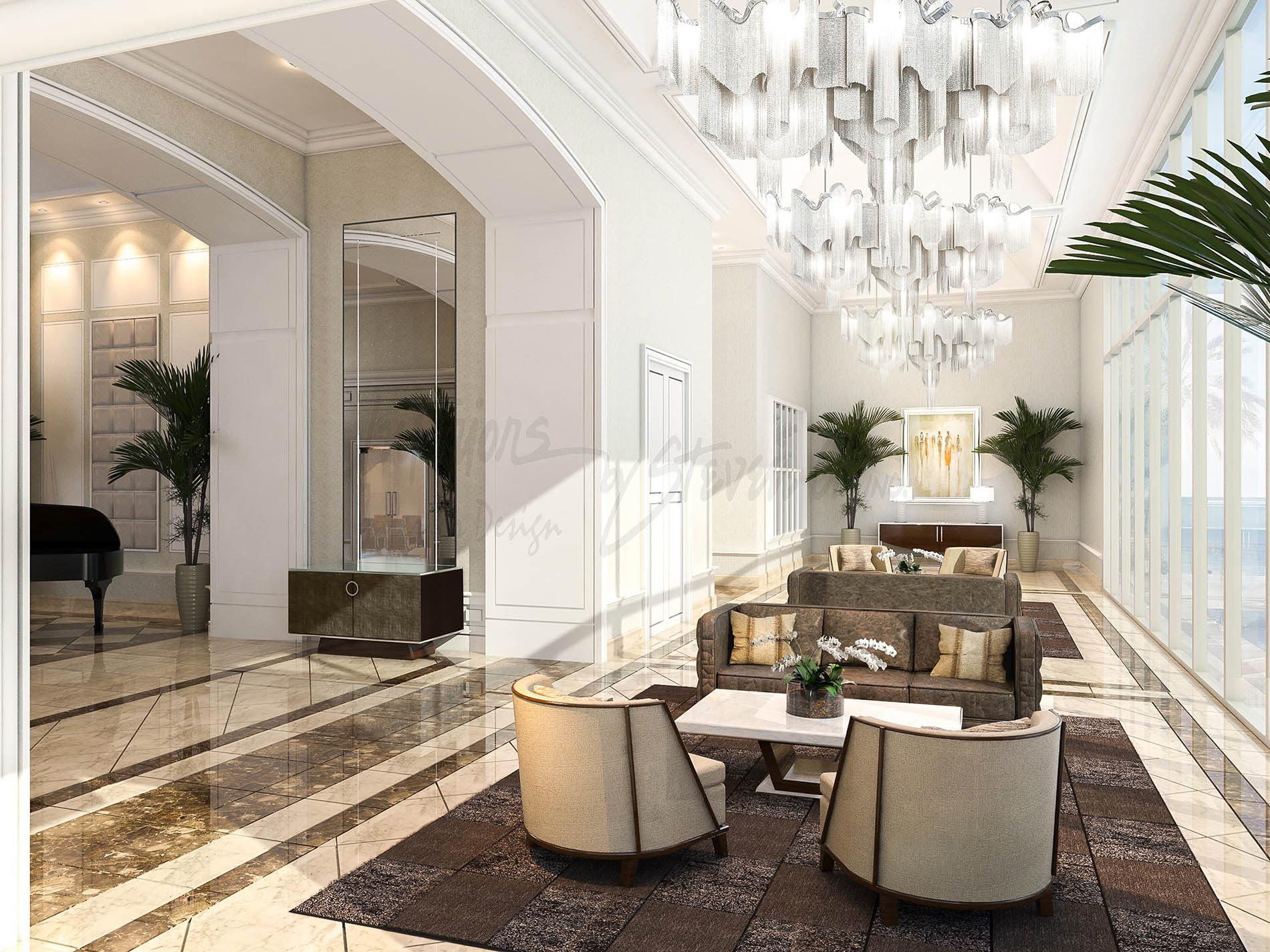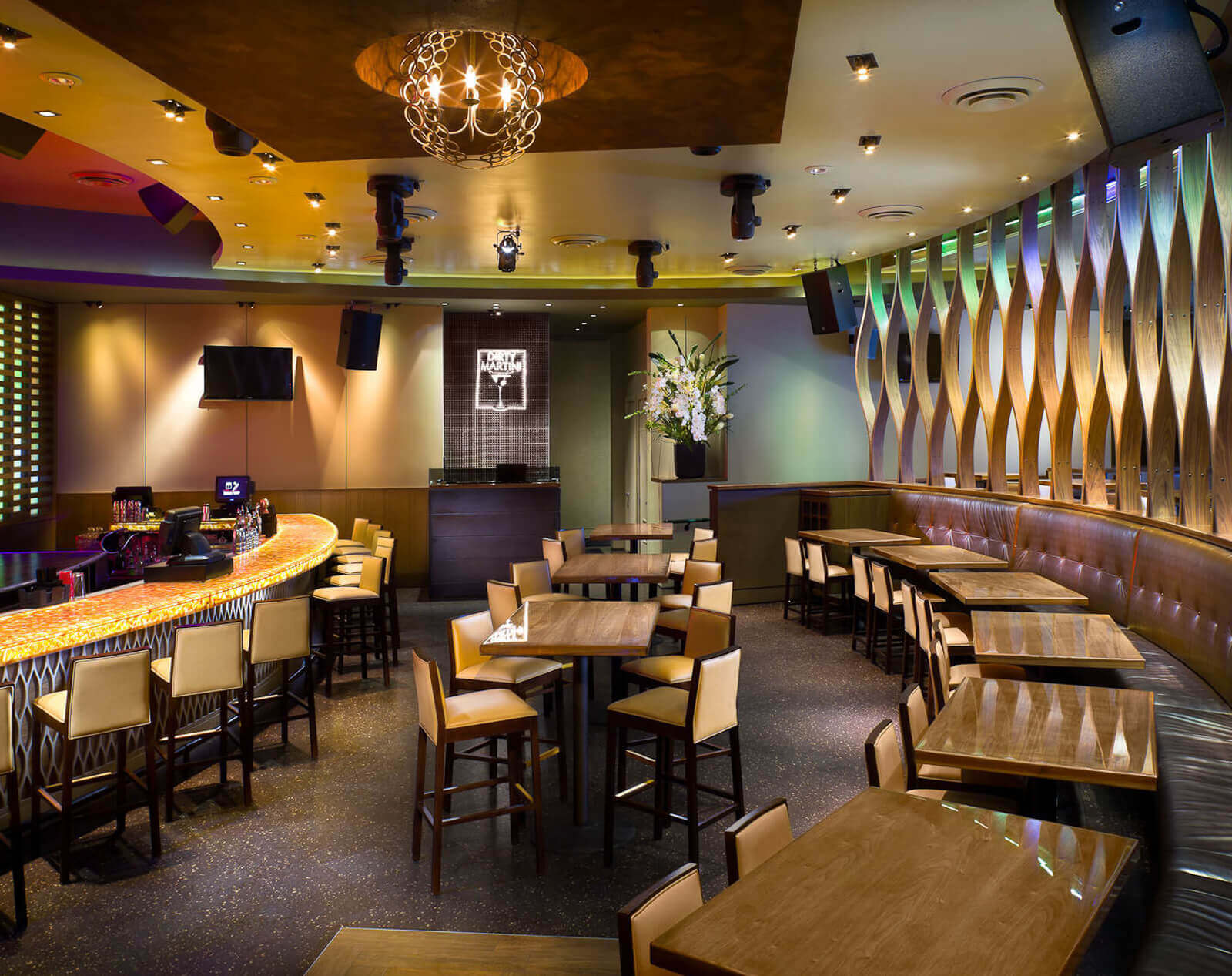Design Considerations for Commercial Interiors

Commercial interior designers – Commercial interior design involves creating functional, aesthetically pleasing, and ergonomically sound spaces for businesses and organizations. Key factors to consider include:
Function
The primary purpose of the space determines its layout, furniture selection, and overall design. Consider factors such as:
- Business operations and workflow
- Number of employees and clients
- Equipment and technology needs
Aesthetics, Commercial interior designers
The visual appeal of the space can impact employee morale, customer satisfaction, and brand perception. Consider elements such as:
- Color scheme and lighting
- Furniture design and materials
- Artwork and decorative accents
Ergonomics
Ensuring the comfort and well-being of occupants is crucial for productivity and health. Consider factors such as:
- Proper seating and desk height
- Natural lighting and ventilation
- Acoustic control and noise reduction
Examples of Successful Commercial Interior Designs
Numerous commercial interior designs showcase the successful integration of these considerations. For instance, Google’s headquarters in Mountain View, California, features open and collaborative workspaces that promote innovation and creativity. The Apple Store in Regent Street, London, combines sleek aesthetics with functional displays that enhance the customer experience.
Latest Trends and Innovations
Commercial interior design is constantly evolving, with new trends and innovations emerging. These include:
- Biophilic design: Incorporating natural elements into the space to promote well-being
- Flexible and adaptable spaces: Allowing for changes in business needs and employee preferences
- Smart technology: Integrating technology to enhance efficiency and comfort
Types of Commercial Interior Design Projects: Commercial Interior Designers

Commercial interior design encompasses a diverse range of projects, each with its unique requirements and challenges. Understanding the specific needs of different types of commercial spaces is crucial for creating functional, aesthetically pleasing, and profitable environments.
Offices
Office design plays a pivotal role in employee productivity, well-being, and overall business success. Designers must consider factors such as space planning, furniture selection, lighting, and acoustics to create workspaces that foster collaboration, innovation, and efficiency.
Retail Stores
Retail store design aims to create immersive and engaging experiences that encourage customers to make purchases. Designers focus on visual merchandising, lighting, and layout to showcase products effectively and guide customers through the store.
Restaurants
Restaurant design sets the tone for dining experiences. Designers must create inviting and comfortable atmospheres that enhance the culinary offerings. Considerations include seating arrangements, lighting, acoustics, and décor.
Healthcare Facilities
Healthcare facility design prioritizes patient comfort, safety, and efficiency. Designers work closely with medical professionals to create spaces that support patient care, promote healing, and reduce stress.
The Role of Commercial Interior Designers

Commercial interior designers play a pivotal role in shaping the functionality, aesthetics, and overall experience of commercial spaces. They are responsible for creating environments that meet the specific needs of businesses, enhancing productivity, employee satisfaction, and customer engagement.
Commercial interior designers possess a diverse range of skills, including space planning, furniture selection, lighting design, and material specification. They work closely with architects and clients to develop design concepts that align with the brand identity, business objectives, and functional requirements of the space.
Collaboration and Communication
Collaboration is essential in commercial interior design. Designers must work closely with architects to ensure that the design meets structural and code requirements. They also collaborate with clients to understand their vision, budget, and operational needs. Effective communication and coordination are crucial to ensure that the final design meets the expectations of all stakeholders.
Enhancing Functionality and Aesthetics
Commercial interior designers prioritize both functionality and aesthetics in their designs. They create spaces that are efficient, ergonomic, and conducive to productivity. They also incorporate design elements that enhance the visual appeal of the space, creating a welcoming and inspiring environment for employees and customers.
Improving the Overall Experience
Commercial interior designers understand the importance of creating spaces that enhance the overall experience for users. They consider factors such as acoustics, lighting, and indoor air quality to ensure that the space is comfortable, inviting, and promotes well-being. By creating spaces that are both functional and aesthetically pleasing, commercial interior designers contribute to the success and reputation of businesses.